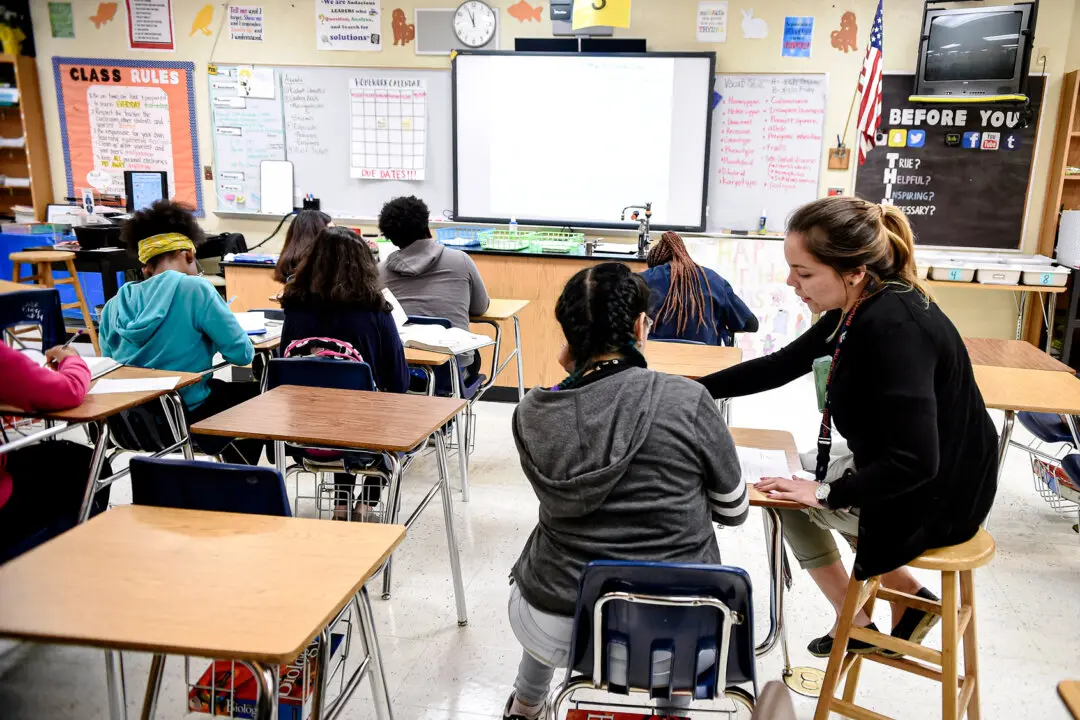New data from the U.S. Department of Education reflect an unusual time for traditional higher education programs: Overall college enrollment is slowly increasing again for the first time since the COVID-19 pandemic, even though 99 institutions closed last year.
The federal agency’s National Center for Education Statistics (NCES) on Aug. 21 reported that the number of colleges and universities in the United States in 2023–2024 dropped by 2 percent from the previous academic year, to 5,819 from 5,918. The tuition and fees at private and public colleges and universities, adjusted for inflation, decreased by amounts ranging from 5 percent to 8 percent from the previous year.





